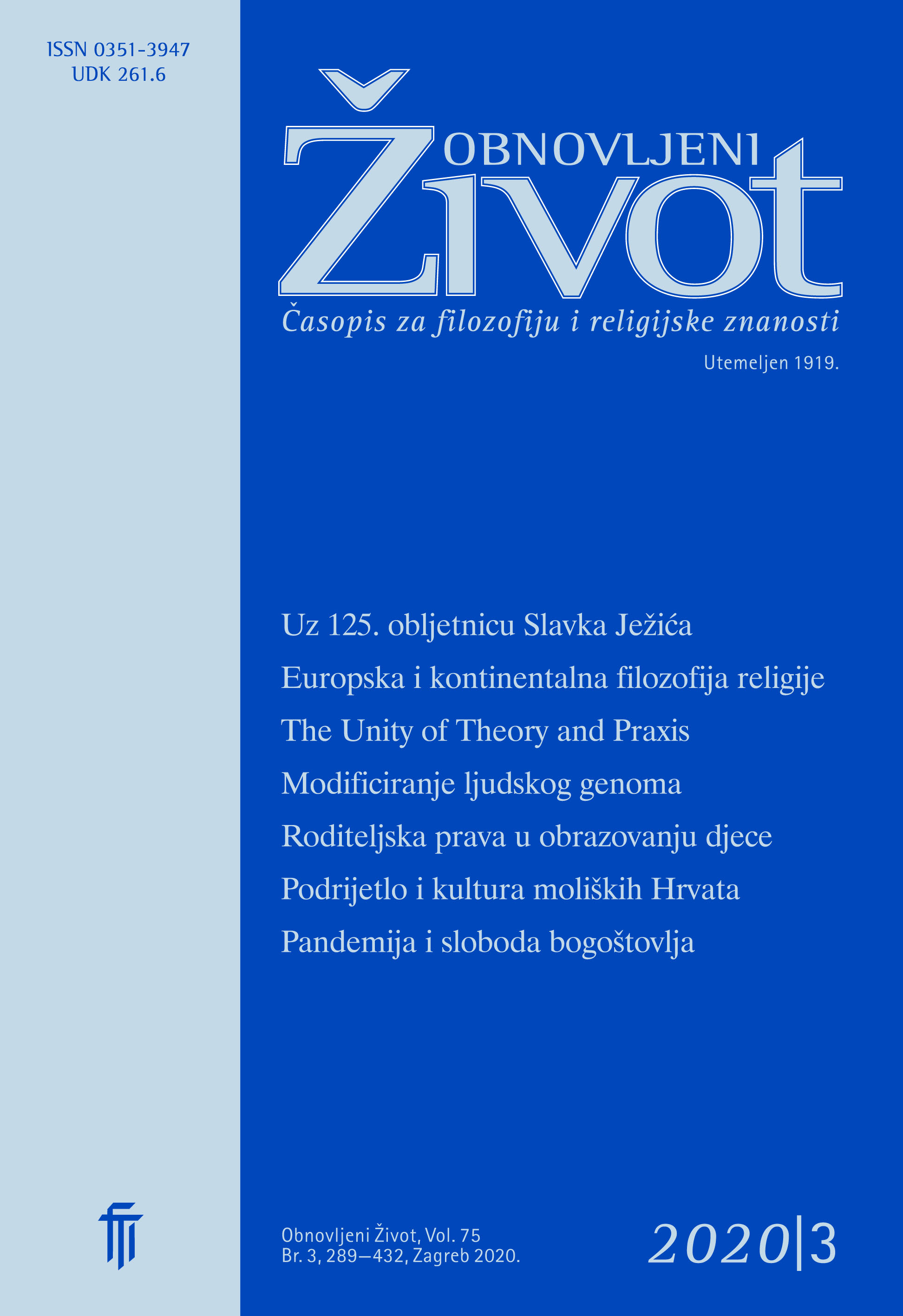The Origin and Culture of the Molise Croats in Regard to the Continuity of Christian Tradition
Keywords:
Molise Croats, identity, religious customs, traditional culture, SlaviAbstract
The Molise Croats have been present in a region of southern Italy for more than five centuries, where they, despite natural assimilation processes, still live their linguistic and cultural identity in three Croatian villages in the Molise region. Since their arrival in Italy, they have undergone a difficult process beginning with complete anonymity and isolation leading up to false and ignorant or malevolent usurpation by travel writers or scientists, who often misinformed others about their identity, while themselves being wrongly informed about the term Slavi, as used by the Italians. Finally, in the middle of the 20th century, they were recognised for what they are, in fact, according to their origin, namely, Croatian Catholics who fled to Italy from the Ottoman invasions in the 15th and 16th centuries, leaving the area surrounding the Cetina and Neretva Rivers, the Podbiokovlje area and the Makarska Riviera which they inhabited. During this time–span they have succeeded in preserving their vernacular — the Štokavian–Ikavian dialect with elements of the Čakavian. This is a well–known fact about the Molise Croats, however, that which has always strongly characterised their community (but has seldom been mentioned) is their Christian tradition which has been an important factor in defining their identity. Religious traditions and the consistency of the people in living them are the result of their religious awareness which has significantly shaped their culture and which still renders them distinguishable in their local community. They are recognised as being different and linguistically isolated, but persistent in preserving and passing on true values which have been interwoven into their everyday lives and which have survived through the centuries in their poetry, customs, prayers as well in their weaving tradition, their cuisine and agriculture which together are representative of their rich cultural heritage.
Downloads
Published
Issue
Section
License
Jednom prihvaćeni članak obvezuje autora da ga ne smije objaviti drugdje bez dozvole uredništva, a i tada samo uz bilješku da je objavljen prvi put u Obnovljenom životu. Uredništvo će obavijestiti autora o prihvaćanju ili neprihvaćanju članka za objavljivanje.
Članci objavljeni u časopisu se, uz prikladno navođenje izvora, smiju besplatno koristiti u obrazovne i druge nekomercijalne svrhe.


